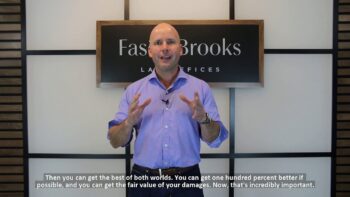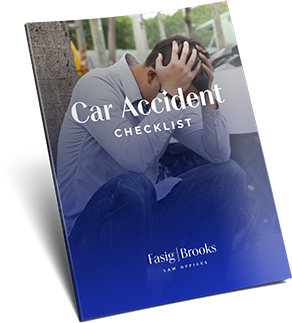
At this time of the year, many grown-ups are searching the malls and local toy stores, as well as surfing the web, for the perfect gifts to give the children that they love. As they shop, one thing adults usually are not thinking about is that a toy or product for sale on a store’s shelf could be harmful or deadly to the little one who will be receiving these presents. However, unfortunately, every year dangerous toys and products make their way into the homes of innocent and unsuspecting consumers.
One way to reduce the possibility that a child you love will be harmed by a dangerous or defective toy or product is to stay away from items on the “Trouble in Toyland” list, which is developed annually by the United States Public Interest Research Group’s (U.S. PIRG) Education Fund.
The Trouble In Toyland list and accompanying report evaluate the most common potential hazards in popular children’s toys and products. These potential hazards include:
Toxic metals – toys that contain metals that pose a health risk to children continue to make it onto store shelves. Two particularly dangerous metals found in some toys are lead and chromium:
Lead exposure is dangerous to young children because it negatively affects their cognitive development by reducing their IQ and attention span. Lead is so dangerous to kids that any amount of lead exposure is generally considered unsafe
Chromium is used in the production of stainless steel, chrome plating, leather tanning, and in some dyes and pigments. One form of chromium (called chromium VI) is potentially harmful even at low concentrations. Contact with chromium can cause severe allergic reactions including skin redness, swelling, and ulcers. Chromium VI compounds also can cause lung cancer if inhaled or stomach cancer if ingested (eaten or swallowed).
Phthalates – phthalates are substances that are added to plastics to increase their flexibility, transparency, durability, and longevity. Exposure to phthalates can cause early puberty and can harm a male child’s reproductive system.
Small parts – small parts or pieces of toys can block a child’s airway and cause choking, especially in children younger than three years old.
- Small balls – balls less than 1.75 inches in diameter are a choking hazard to children three years old and younger. Also, other small, round shaped toys (such as toy food) often are not labeled as a hazard.
- Balloons – balloons can pose a choking hazard because they can be inhaled when a child tries to blow them up. According to the report, balloons are responsible for more choking deaths among children than any other toy or children’s product. Because of this, balloons should not be marketed to children under eight years old.
- Magnets – in addition to posing a choking hazard, magnets can be harmful to young children because, if two magnets are swallowed, their magnetic attraction can pinch the bowels (or intestines) together, causing the intestines to tear or become blocked. Both situations can be deadly because of the bacterial toxins contained in the bowels.
- Batteries – batteries can cause burns to the esophagus and blood vessels if swallowed.
- Excessive noise – toys or products that are excessively loud can cause hearing loss and lead to speech delays.
Steps Parents Can Take When Toy Shopping
The U.S. PIRG Education Fund recommends that parents and caretakers take steps to protect children from potential toy and product hazards. These include:
- carefully examining toys for possible choking hazards or other potentially dangerous design problems;
- not relying solely on a product’s label for age-appropriateness. Inspect the toy for small or hazardous parts;
- not assuming that a toy is safe just because it is available through a U.S. manufacturer, distributor, or retailer. Every year products slip by safety testing;
- subscribing to the government’s recall notification website (recalls.gov);
- checking whether the toy has been reported on the Consumer Products Safety Commission (CPSC) website as being dangerous (saferproducts.gov);
- removing small batteries if the battery location is not secured or is accessible to small children; and
- removing batteries from loud toys or put tape over speakers to muffle their sound.
Tallahassee Legal Help For Defective Or Dangerous Children’s Products
The product liability lawyers at Fasig & Brooks have years of experience helping clients get the money they deserve when they have been injured by the negligence or wrongdoing of others. We provide aggressive legal representation to individuals who have been injured by product defects and malfunctions, faulty product design, and by products that do not carry proper warnings or instructions. If you have been injured by a defective product or have questions about whether you may have a possible product liability lawsuit, call our Tallahassee office today at (850) 222-3232 or use our online contact form for prompt, personal legal help.





